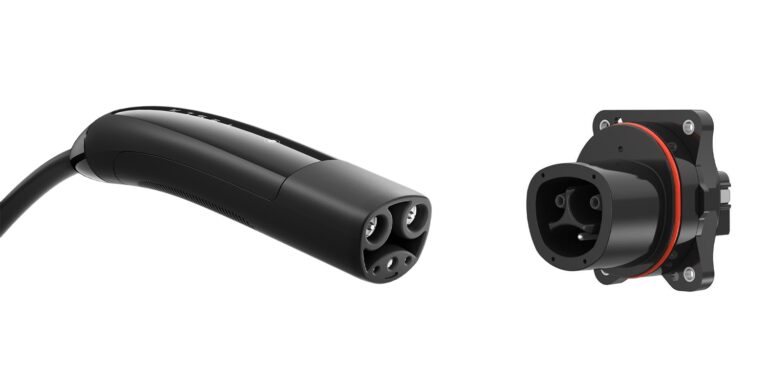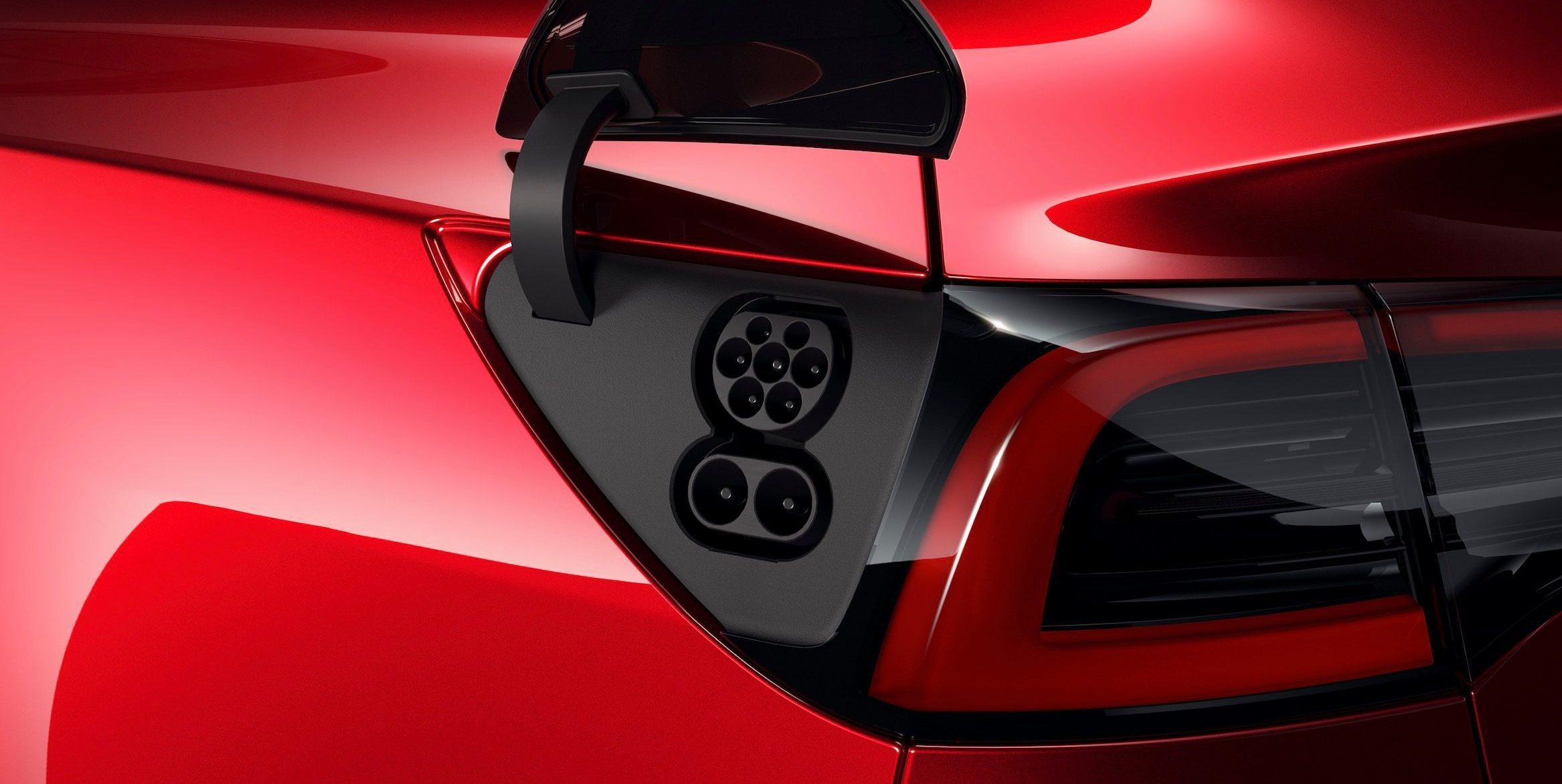Fisker is the next electric car manufacturer to opt to use Tesla’s fast charging system. Fisker EV drivers will initially be able to access the Tesla Supercharger network in North America via adapters from the first quarter of 2025.
Fisker joins with Ford, General Motors, Volvo Cars, Polestar, Rivian, Nissan and Mercedes-Benz to say they will adopt Tesla’s NACS for their electric models for the North American market. So far, the timeline has always been the same: from 2024, charging at the Superchargers will be possible via an adapter, then from 2025, with full NACS integration – i.e. a NACS charging socket in the vehicle.
As Fisker now announces, charging via adapter will only be possible for its EVs from Q1 2025. Later (Fisker has yet to define this more precisely), Fisker will install Tesla’s charging port in its vehicles and provide a CCS adapter.
Whether by adapter or via the integrated system, Fisker customers can use the 12,000 Supercharger charging points currently available in North America. In addition, charging at third-party charging points will continue to be possible. Whether the announced CCS adapter will be necessary remains to be seen: Numerous charging providers have already announced that they will add NACS cables to new and existing stations.
Why do this?
The logic is simple and likely similar to those of the other carmakers: Tesla’s Supercharger network is well-developed in North America and Europe, even in more rural areas. In addition, the Superchargers (unlike many of the third party charging stations in Europe and North America) are considered extremely reliable and have a high customer acceptance. In a cost-benefit calculation, it is probably cheaper to “buy” access to the Superchargers via the NACS integration in addition to the CCS charging stations than to build about 12,000 own and reliable fast chargers.
Charging Standards – USA
Tesla released the design of its proprietary charging plug in November 2022 and has since dubbed the system the ‘North American Charging Standard.’ The slim plug and the compact charging port in the vehicle enable (single-phase) AC charging and DC fast charging – the latter for a long time exclusively at Tesla’s own Superchargers.
Charging Standards – Europe
While CCS (and Type 2 as CCS2) have effectively become the fast-charging standard in Europe.
 Tesla added an additional CCS cable to its Supercharger dispensers in Europe for use by the Model 3.
Tesla added an additional CCS cable to its Supercharger dispensers in Europe for use by the Model 3.
Both CCS and Tesla use the same physical plug pin to carry signaling messages between the charging equipment and the car in order to negotiate power levels and control the overall charging process.
When it is initially plugged in, the car uses an signaling convention to distinguish whether it is connected to an AC charging station or a DC Supercharger. During AC charging an old simple standard uses a modulated frequency on the “Control Pilot” pin to indicate the available charging current that the car can safely pull.
DC charging requires more communication so Tesla uses a proprietary protocol over this same pin based on an underlying networking technology known as CAN (Controller Area Network). CAN is also commonly used for networking between computer systems within cars such as between components in the powertrain. Tesla then uses a proprietary messaging format on top of CAN to communicate between the car and the Supercharger.
CCS uses the same physical pin but uses it in a completely different way by using a simplified version of the PLC signaling standard originally designed for doing computer networking over power lines. On top of this lower-level networking, CCS uses the same TCP/IP messaging protocols that power modern computer networks.
